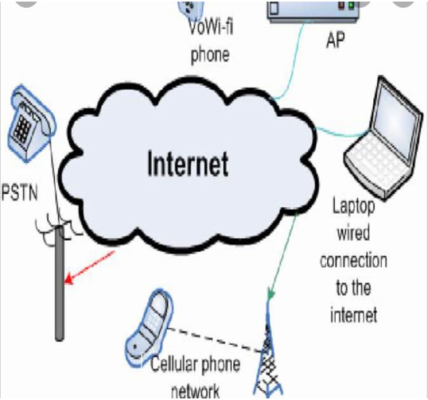While most passengers only experience the glamor of air travel from the passenger cabin, an entire behind-the-scenes workforce is responsible for ensuring the safety and airworthiness of every flight. Aircraft maintenance technicians play a critical role in maintaining the complex systems and structure of planes. No two days are exactly the same, but their work typically involves everything from routine checks and repairs to handling unexpected issues that arise. Let’s take a look at what a typical day might look like on the aircraft maintenance side of the industry.
Pre-Shift Briefing
The day begins early, around 6 am, with technicians gathering for a morning briefing. Supervisors discuss the day’s scheduled maintenance tasks, and any aircraft scheduled to arrive or depart and note any outstanding issues from the previous shift. Technicians also review open work orders, which document needed inspections and repairs. This allows them to plan their work and ensure they have the right tools and parts on hand for each job.
Outdoor Aircraft Inspections
After gearing up in required personal protective equipment like coveralls and steel-toed boots, technicians head outdoors. A routine pre-flight inspection involves walking entirely around the aircraft, checking for any fluid leaks, or damage from weather or ground operations, and ensuring safety equipment like tires meets pressure standards. Any issues identified are flagged for follow-up maintenance.
Engine Runs and Functional Checks
On the flight line, maintenance may involve running aircraft engines through their paces to check performance. Technicians monitor gauges and control systems from the cockpit while others stand by outside, listening and observing for any abnormal sounds or vibrations. Functional tests of components like landing gear, wing flaps, anti skid braking systems, and more prove they’re operating as designed.
Unplanned Troubleshooting
Some days, unscheduled maintenance is required to investigate or repair unexpected issues. Say a captain reports a malfunctioning cabin pressure sensor or crack is spotted growing in an engine blade – technicians work to isolate the problem, remove/repair/replace faulty parts, perform thorough inspections, and verify correct operation before signing off and returning the aircraft to service.
Shift Changeover and Documenting Work
As the day winds down, technicians assist in hanging aircraft for the night and swap out to close pending work orders. Details of inspections, repairs, component changes, and findings are carefully documented in aircraft logs and maintenance records for auditing. Any outstanding issues rolled over to the next shift are thoroughly briefed. With handover complete, technicians punch out at the end of an 11+ hour day, their work ensuring hundreds of daily passengers fly safely.
Aircraft Communication System Education
Even off the clock, learning never stops for these professionals. Technicians fulfill ongoing training requirements like 40 hours yearly through online courses covering the latest regulations, manufacturer advisories, and technical bulletins. By the way, the antenna test chamber is crucial for aircraft communication systems, ensuring proper functioning under all flight conditions. They provide a controlled environment for testing antenna performance under various conditions, identifying and addressing issues before installation. Standardized testing ensures consistent results, supporting ongoing airworthiness assessments. These chambers also facilitate certification testing for new antenna designs and routine checks of replacement parts and repaired antennas.










